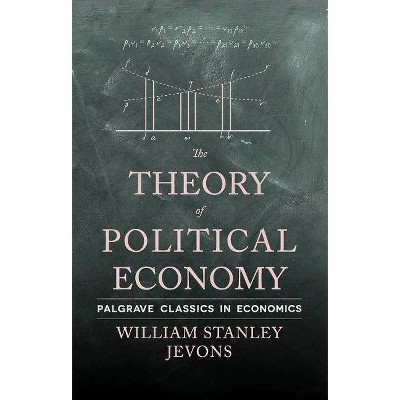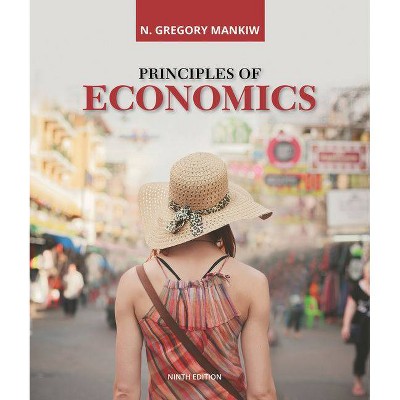Principles of Economics - (Palgrave Classics in Economics) 8th Edition by A Marshall (Paperback)

Similar Products
Products of same category from the store
AllProduct info
<p/><br></br><p><b> Book Synopsis </b></p></br></br>Originally published in 1890, "Principles of Economics" was the first text to bring together the theories of supply and demand, marginal utility, and cost of production into a coherent whole. It introduced a number of new concepts which have formed the building blocks of modern microeconomics and underpin modern-day business strategy. Explored concepts include: elasticity of demand--how consumer demand for a good or service is affected by a change in its price; consumer surplus--the difference between the maximum price a consumer is willing to pay and the price that they actually pay; and quasi-rent--the profit made in the short-term from a product/innovation due to a reduction in supply. The book also unveils the theory of supply and demand, emphasizing that the price and output of goods are determined by the intersection of supply and demand curves which act like scissor blades, and not by the theory of value. In this classic work, Marshall builds on the works of other great thinkers in the Classical School such as Adam Smith, David Ricardo, Thomas Robert Malthus, and John Stuart Mill, but shifts the emphasis, for the first time, away from the market to the individual and the study of human behavior. This re-issued classic contains a new introduction by Professor Peter Groenewegen who explores the profound impact that this critical work has had on economic and business thinking.<p/><br></br><p><b> Review Quotes </b></p></br></br><br><p>"It is impossible to understand economics in the twentieth century without knowing about Marshall's Principles. The simplicity of his presentation conceals complexities that were not apparent to later generations who picked up on the mathematics whilst ignoring many of the evolutionary ideas that fascinate modern scholars."</p> <p> Roger E. Backhouse, Professor of the History and Philosophy of Economics, University of Birmingham, UK</p> <p>"Alfred Marshall's Principles of Economics is an outstanding contribution, one of the foundations of neoclassical economics, and shaped the thought of economists from John Maynard Keynes to Milton Friedman. Every modern economist should make its acquaintaince and should look in admiration at that seminal diagram in which Marshall drew a supply curve intersecting a demand curve. Peter Groenewegen, Marshall's biographer and the greatest living Marshall scholar, has written a new introduction for this edition, drawing on a lifetime of insightful scholarship."</p> <p> Robert W. Dimand, Professor of Economics, Brock University, Canada</p><br><p/><br></br><p><b> About the Author </b></p></br></br>Alfred Marshall (1842-1924) is widely regarded as the doyen of modern economics and the founder of the Neoclassical School of Economics; he is best known for revolutionising the teaching of economics. In 1865 Alfred Marshall was elected to a fellowship at St John's College, Cambridge, UK, he became a lecturer in moral sciences in 1868 and in 1885 he was awarded Professorship in Political Economy at Cambridge where he remained until his retirement in 1908. Marshall's magnus opus Principles of Economics was first published in 1890 to worldwide acclaim and it cemented his reputation as one of the leading economists of his time.<br>
Price History
Price Archive shows prices from various stores, lets you see history and find the cheapest. There is no actual sale on the website. For all support, inquiry and suggestion messagescommunication@pricearchive.us


















